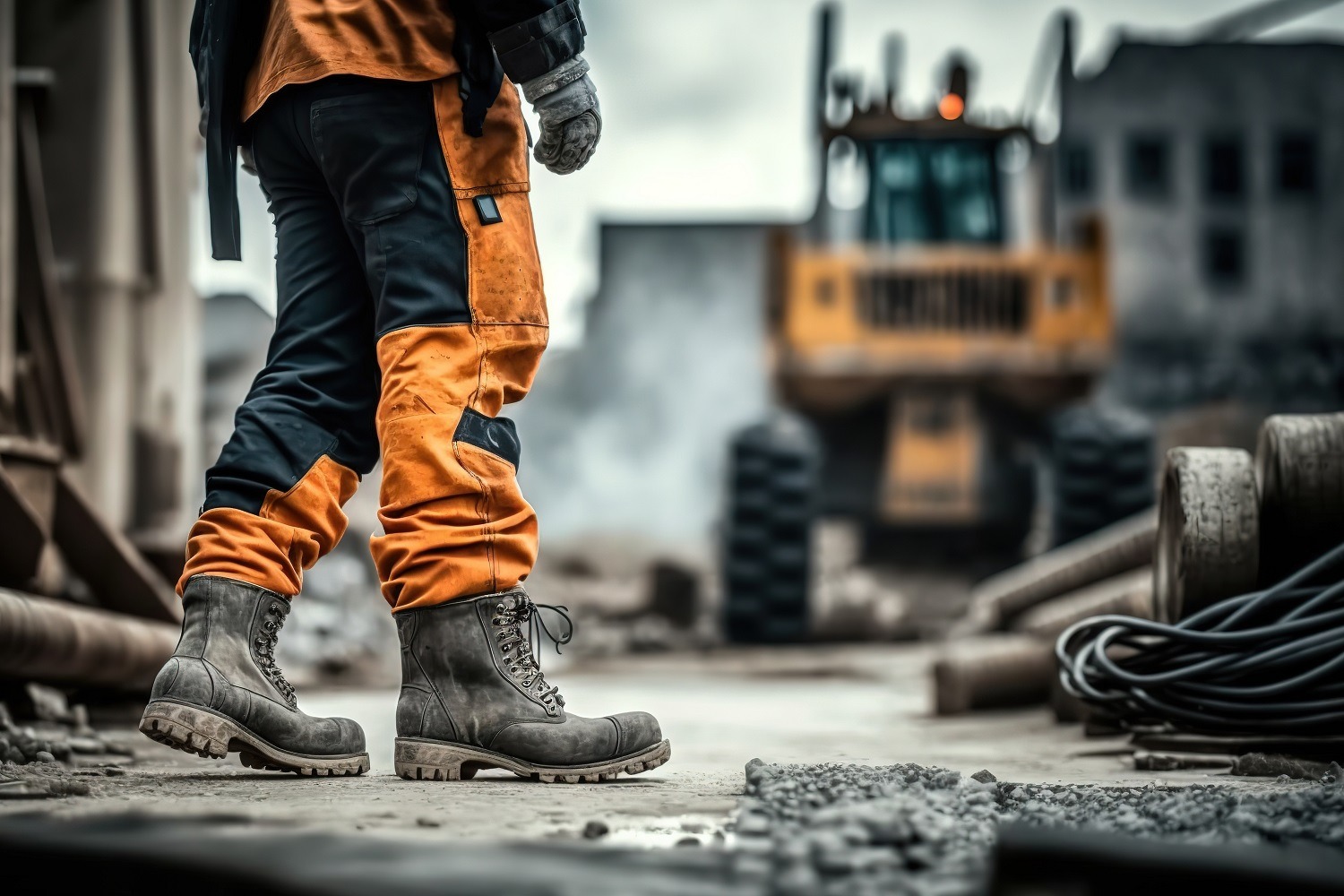
If you work alone, your employer should provide work alone monitoring. If you are self-employed, it’s something you need to investigate for yourself.
A person is considered ‘working alone’ when they are on their own, meaning they cannot be seen or heard by another person, on the job. Examples of a person working alone could include a nurses, home care professionals, social service workers, construction workers, oil and gas worker, security guard or a contractor working at a location that has no one else around.
Why is working alone dangerous?
In many cases, there is no immediate hazard to working alone but that doesn’t mean it’s risk-free. There are obvious hazards, like working in confined spaces, with electricity or hazardous machinery. However even in a relatively risk-free environment, when you are totally alone, no one will be there if you simply trip and fall, fall victim to a crime, or have another medical emergency that requires assistance.
When determining risk, you must factor in the location, type of work and access to emergency services. No matter where you work if something happens that puts you at risk, and you are totally alone, you could be in danger. That is why work alone monitoring exists.
A check-in procedure is essential to lone worker safety.
Every scenario and each job is different. Therefore, it’s important that you check with your local jurisdiction regarding specific legislation around working alone. A lone worker monitoring procedure is usually required by law for lone workers. Your local government office can also give you tips on how to assess the workplace scenario and take steps that can keep the lone worker safe.
Monitoring, or check-in procedure, allows the worker to check in as required. The CommAlert Group offers a comprehensive work alone monitoring system that provides a contact for lone workers 24/7, every day of the year. Every check-in procedure is tailored to match your specific job and situation.
It could include:
- Submitting a daily work plan stating where you’ll be that day, and at what time.
- The frequency and times of check-ins.
- If the check-in will be via live phone call or using a mobile app.
- How to reach you if a check-in is missed.
- Having an emergency communications plan in place if you fail to check-in and cannot be reached.
An emergency communications plan includes a call-out procedure. If we can’t reach you, CommAlert will try the supervisor contact on your customized contact list. Then the next person and the next person, until we reach someone who can help. In some cases, contacting your company’s incident command team or emergency first responders can be part of your emergency communications plan.
If you need lone worker monitoring for your employee or for yourself, contact CommAlert!




